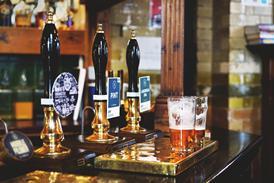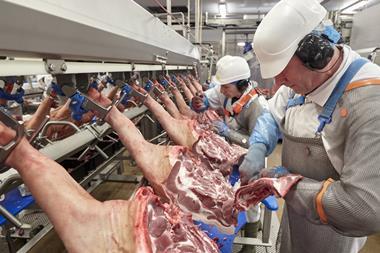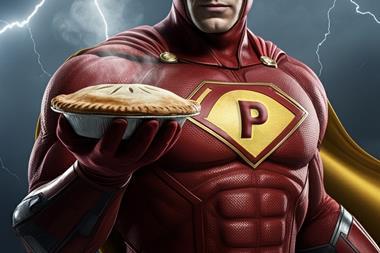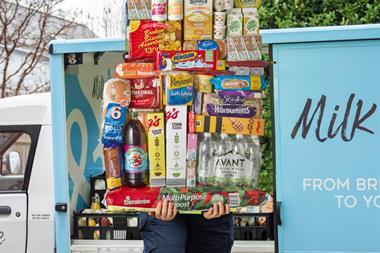In-calf beef heifer numbers sharply lower
Tighter supply fears mount
More evidence to support the pessimists who claim a tighter beef cattle market looms has emerged in the results of MAFF's December UK livestock census. In-calf beef heifer numbers are shown as sharply lower, especially in Scotland.
As usual, focus on a single category can be dangerous: the total breeding herd probably expanded slightly during 1998 (although MLC analysts point out the figures from Wales look peculiar and cast doubt on the national tally) as growth in suckler cow numbers exceeded dairy herd contraction, and the supply of older slaughter cattle appears to have increased.
Nevertheless, a double-digit percentage decline in overall heifer numbers and slight shrinkage in the total of other' cattle aged under two years seems a safe indication beef breeding herd expansion has slowed if not stopped.
This has political significance for retailers and processors. Agriculture minister Nick Brown recently decided to end, in July, a subsidised calf culling scheme. Slaughterers had claimed this programme drained from the industry raw material it would need to avoid a beef shortage. The census figures from Brown's ministry suggest the abattoir operators were right.
Halting the cull should, most analysts reckon, help retailers avoid the embarrassment of having to source beef abroad. Yet the herd estimates suggest supply could be squeezed later this year before an avalanche of dairy beef hits the market.
And the suckler herd contraction still leaves open the possibility of controversy over the type of beef likely to be available. Further clouding the outlook is the question of how producers will respond to the extremely complex package of subsidies agreed as the recent EU farm policy reform settlement.
{{MEAT }}
Close menu
- Home
- Retail & Wholesale
-
Products & Suppliers
- Back to parent navigation item
- Products & Suppliers
-
Product Categories:
- Back to parent navigation item
- Product Categories:
- Alcoholic drinks
- Bakery
- Cereals & breakfast
- Cheese
- Chicken & poultry
- Chocolate
- Confectionery
- Crisps, nuts & snacks
- Dairy
- Fish
- Fresh produce
- Frozen
- Household
- Meat
- Own Label
- Sauces & condiments
- Seasonal
- Soft drinks
- Vaping
- Vegan & plant-based
- World foods
- Suppliers
- People
- Reports & Data
-
Topics A-Z
- Back to parent navigation item
- Topics A-Z
-
Popular topics:
- Back to parent navigation item
- Popular topics:
- Cost of living crisis
- Crime
- Deposit Return Schemes
- Finance
- Government & Regulation
- Health
- Inflation
- Loyalty
- Marketing
- Mergers & Acquisitions
- New Product Development
- Sourcing
- Supply chain
- Sustainability & environment
- Technology
- Ultra Processed Foods
- Vaping
- A-Z all topics
- Content by type:
- Events
- Subscribe now
Sign in to comment on this article
Not logged in before? Register for FREE guest access today.
You will be able to:
- Read more stories
- Receive daily newsletters
- Comment on stories
Advert


















No comments yet